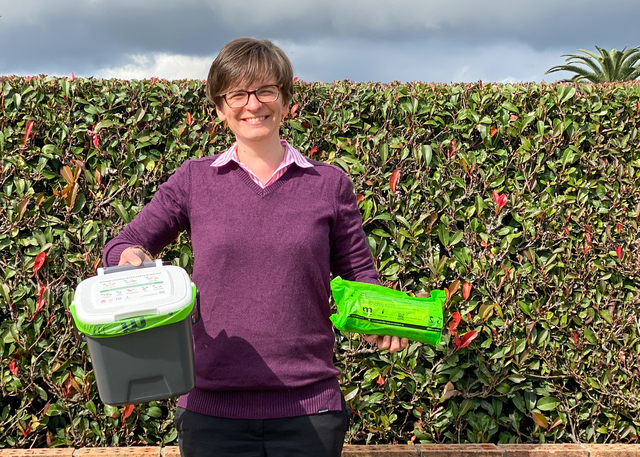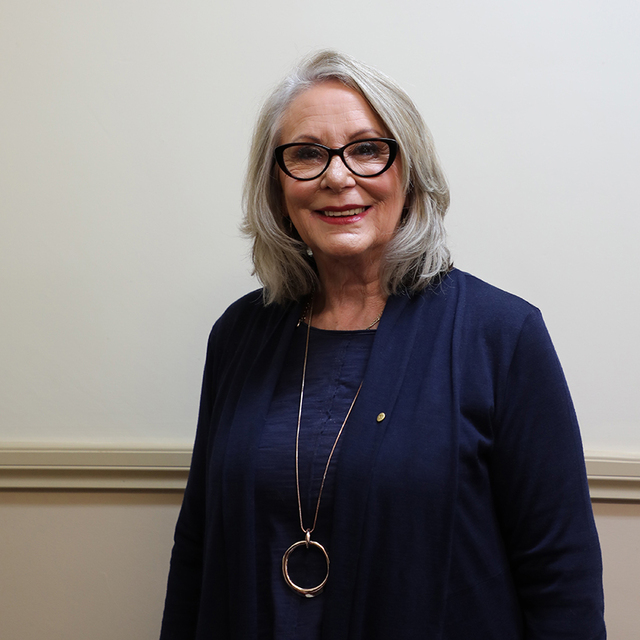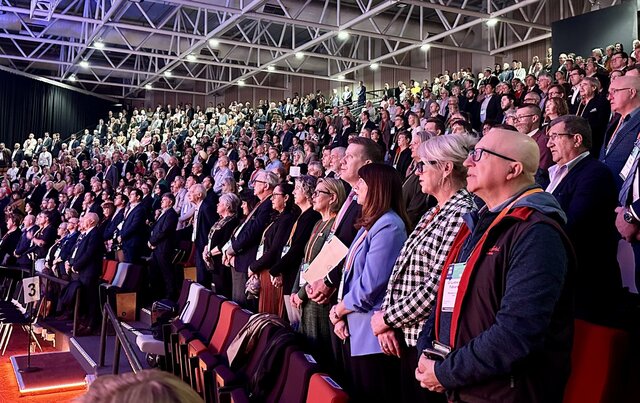Heritage is the ingredient that attracts tourists to the Great Barrier Reef, Port Arthur and Uluru. Equally, it brings people to places, like Naracoorte Caves in South Australia, Maldon township in Victoria or the Ewaninga Rock Carvings in the Northern Territory.
Whether natural, cultural or Indigenous heritage, or a combination of all three, its importance as a segment of Australia’s tourism industry should not be underestimated. Yet tourism operators and heritage managers have not always managed to find common ground in protecting their interests.
Now, Tourism Council Australia and the Australian Heritage Commission, with a grant from the Office of National Tourism, have developed a set of Draft Heritage Tourism Guidelines. These aim to promote a sustainable approach to a rapidly expanding tourism market.
The guidelines provide a voluntary industry code and attempt to build a bridge between the current industry codes and heritage conservation principles. They encourage operators to value add to their product and protect their resource by developing market specific products to give tourists a more satisfying experience.
Australian Heritage Commission Chairman Peter King said the guidelines offer practical advice as well as case studies that focus on balancing the needs of heritage site management, meeting the expectations of tourists, and profitability.
“The key to tourism is understanding that like most businesses, protecting and value adding to the business’s assets is essential for success,” he said. “Shrewd tourism operators benefit from knowing and promoting the special values to the places they are visiting.”
The discussion paper highlights six guidelines for heritage and tourism. These include business fundamentals, understanding heritage significance, working with site managers, developing a quality visitor experience, conserving heritage resources and sustaining a heritage business.
Comment from community and industry stakeholders on the guidelines is now being sought. Responses should be forwarded by 28 February 2000 with a final version of the guidelines to be released in June 2000.
To obtain a copy of the Draft Heritage Tourism Guidelines visit the Australian Heritage Commission’s web site at www.ahc.gov.au







